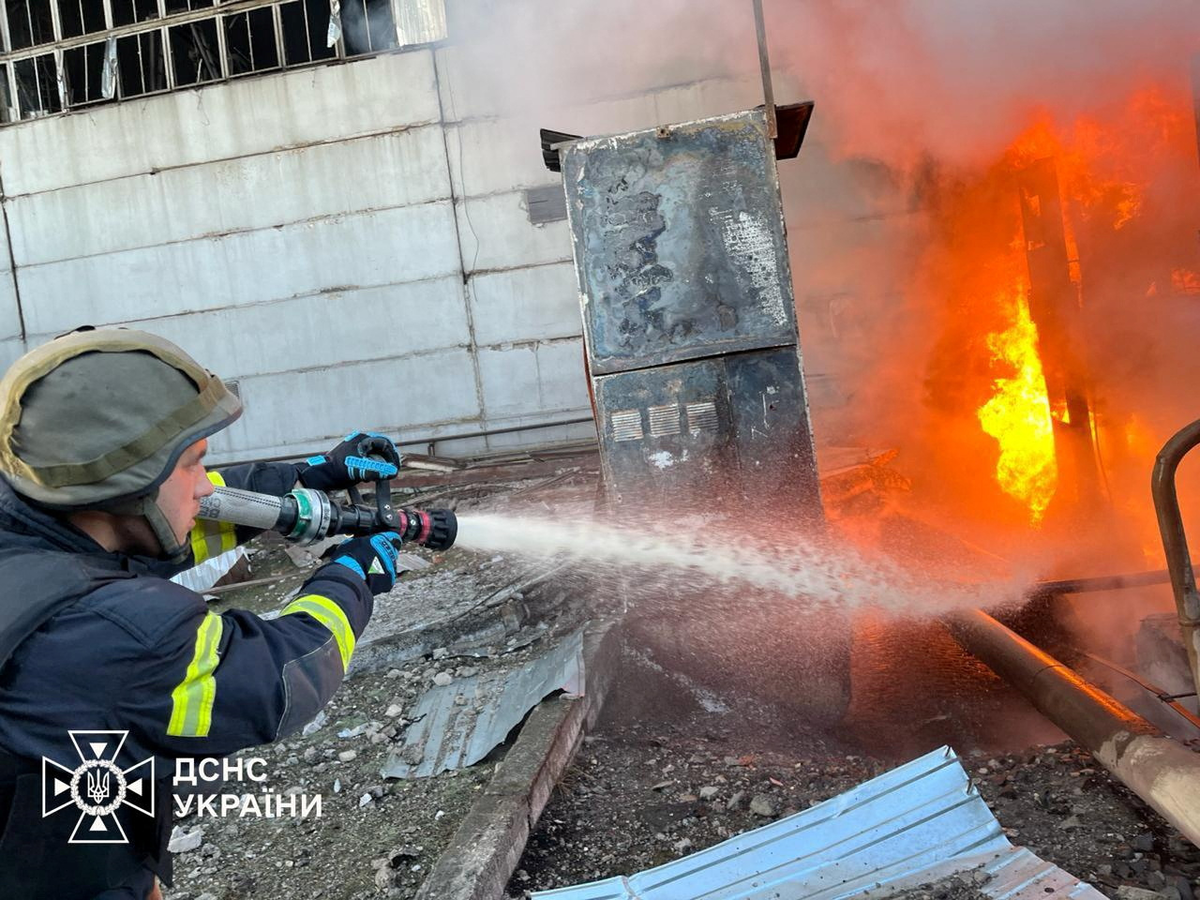Russia causes power cuts for 200,000 in Ukraine after major missile strike on energy infrastructure

Russia carried out a wave of missile and drone strikes on Ukrainian energy infrastructure on Thursday, damaging substations and power facilities in five regions and causing emergency power cuts for at least 200,000 people.
Russia has escalated its long-range air-strike campaign on Ukrainian energy infrastructure in recent weeks, destroying more of a system already under strain from previous Russian bombardments during the war.
"We need air defence and other defence support, not eye-closing and long discussions," President Volodymyr Zelensky said, appealing for more air defence supplies from Western allies.
Ukrainian stocks of air defences and artillery have dwindled as assistance from the West has slowed down and a major US aid package was blocked by Republicans in Congress.
Air defences took down 18 of the incoming missiles and 39 drones, the air force commander said.
The Ukrenergo grid operator's substations and power generating facilities sustained damage in the regions of Odesa, Kharkiv, Zaporizhzhia, Lviv and Kyiv, it said in a statement.
At least 10 missiles struck the city of Kharkiv, which lies just 30 km (19 miles) from the Russian border, theinterior minister said.
The northeastern region of Kharkiv, which has been pounded by missiles and shelling and already has long,rolling blackouts in place, was forced to cut electricity to 200,000 people, presidential aide Oleksiy Kuleba said.
DTEK, Ukraine's largest private electricity company, said Russia attacked two of its power stations, inflicting further serious damage.
DTEK was hit last month by Russia's worst attacks since the 2022 invasion on March 22 and March 29 andaround 80% of its available capacity was destroyed.
Moscow has increased its use of guided air-dropped bombs in frontline areas in recent months.
The munitions, which range from 250kg to more than one ton, are launched from fighter jets inside Russian-controlled territory and glide towards their targets at high speed.
The so-called "glide bombs" have allowed Russia to drop vast quantities of explosives on to Ukrainian entrenchments near the front, an approach that favours blast power over accuracy. Ukraine has struggled to counter the weapons.


